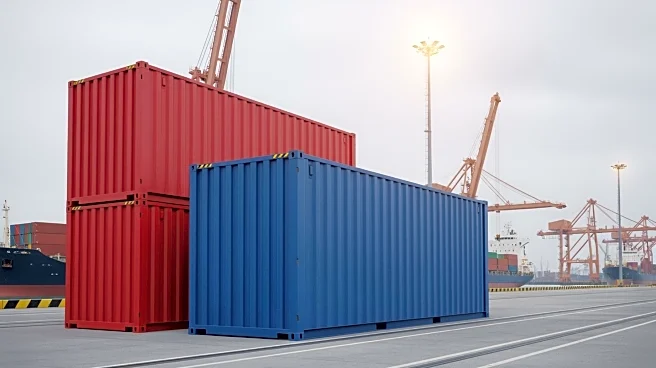What's Happening?
The American Trucking Associations (ATA) has reported a decline in truck tonnage levels for September, following gains in July and August. The Seasonally Adjusted (SA) For-Hire Truck Tonnage Index fell
by 0.9%, reaching 114.2, while the not seasonally adjusted index registered a 114.7 reading, 2.6% below August's 117.7. Despite the decline, tonnage levels have increased by 2.1% since January. However, they remain 3.9% lower compared to three years ago, highlighting ongoing challenges in the freight market.
Why It's Important?
The decline in truck tonnage is significant for the logistics and transportation sectors, indicating potential challenges in freight demand and economic activity. The trucking industry is a key component of the U.S. economy, affecting supply chains and consumer goods distribution. A decrease in tonnage could signal reduced economic activity or shifts in consumer behavior, impacting businesses reliant on freight services. Stakeholders in logistics and transportation may need to adapt strategies to address fluctuating demand and market conditions.
What's Next?
As e-commerce sales continue to rise, logistics managers face increasing order volumes and tighter delivery windows. Third-party logistics providers are expected to play a crucial role in streamlining fulfillment processes and managing supply chains. The industry may see increased adoption of automation and integrated systems to enhance efficiency and customer satisfaction. Monitoring tonnage trends will be essential for businesses to anticipate market shifts and adjust operations accordingly.
Beyond the Headlines
The fluctuating truck tonnage levels may reflect broader economic trends, including consumer spending patterns and industrial production rates. The trucking industry's performance can serve as an indicator of economic health, influencing policy decisions and investment strategies. Long-term shifts in freight demand could lead to changes in infrastructure development and transportation policies.












